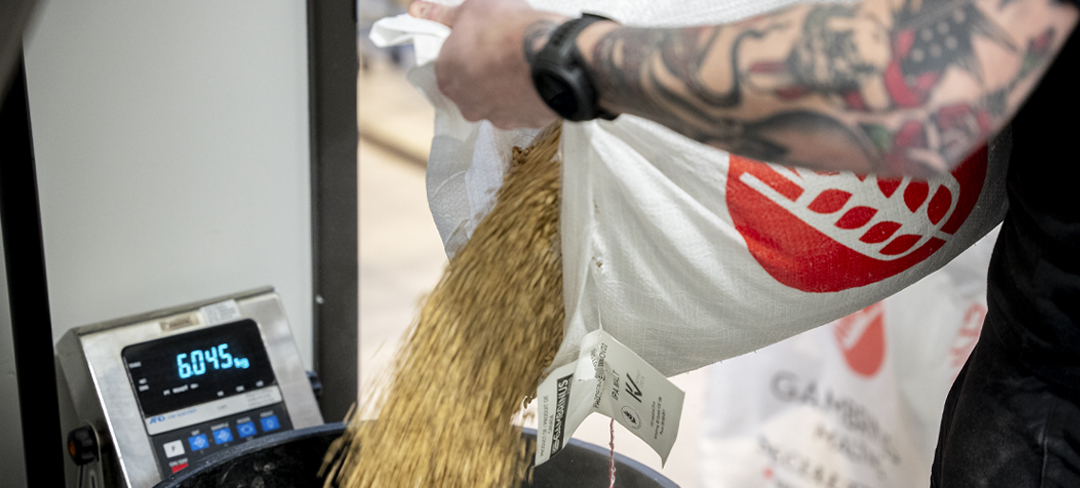Brew a West Coast IPA with Gambrinus IPA Malt
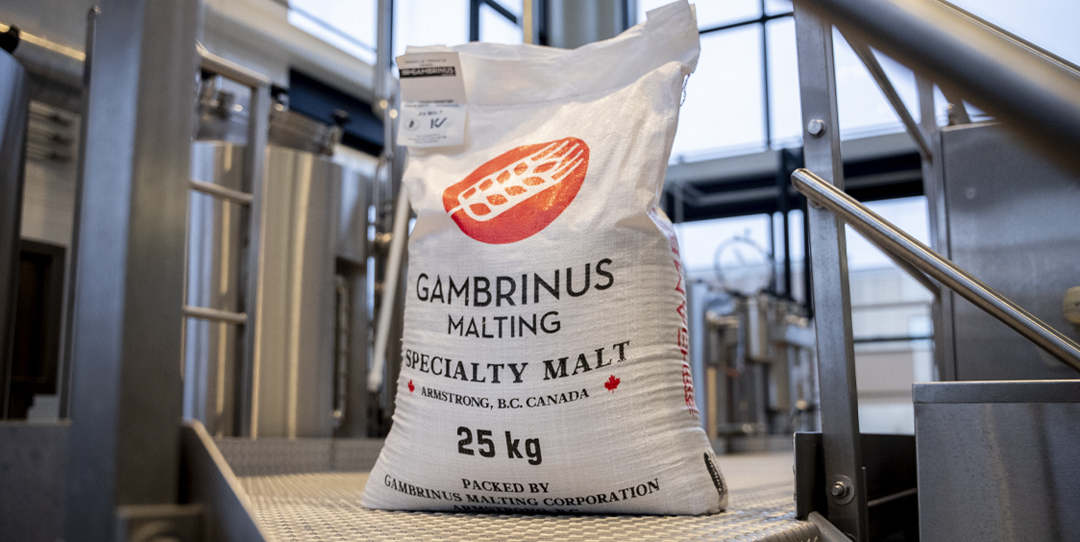
What’s germinating, everybody? Please join us in extending a warm, wort-scented welcome to BSG Product Portfolio Manager Matt Johnson. Based out of Southern California, Matt’s been brewing professionally for over two decades. His background image on Microsoft Teams video chat features a beautiful hop trellis.

Matt is bringing his expertise to the BSG blog for a crisp and refreshing conversation about Mainstay IPA, an extremely limited one-off beer brewed at the Rahr Technical Center to highlight Gambrinus IPA Malt for potential brewing customers. Matt’s the man who wrote the recipe and he has agreed to get into all the grainy details with us.
Please Note: This beer was produced in limited quantities for customer sampling. Now it’s all gone. Fortunately, Gambrinus IPA Malt remains available for all your brewing needs.
BSG: How do you define IPA, Matt?
Matt Johnson: What we know as an IPA [in America] took root on the West Coast, specifically Southern California and San Diego. The English-style IPA is traditionally a bit sweeter and has more malt character. The hops are European Noble-style hops, which provide bitterness but not the aroma and flavors you might think of today.
When West Coast brewers began brewing IPAs, they started elevating bitterness and using more aromatic and flavorful hops through dry-hopping. There was a time there when it got to the point where people were just adding hops to make it as bitter as possible. As brewers learned about palate fatigue, they started looking for a balance between bitterness, aroma, and flavor. And that’s really where San Diego style or California IPAs came about. They’re lighter in color. They don’t have as much specialty malt in them. They’re a bit drier in order to highlight the hops and the bitterness – think citrus-forward, tropical notes, dank pine.
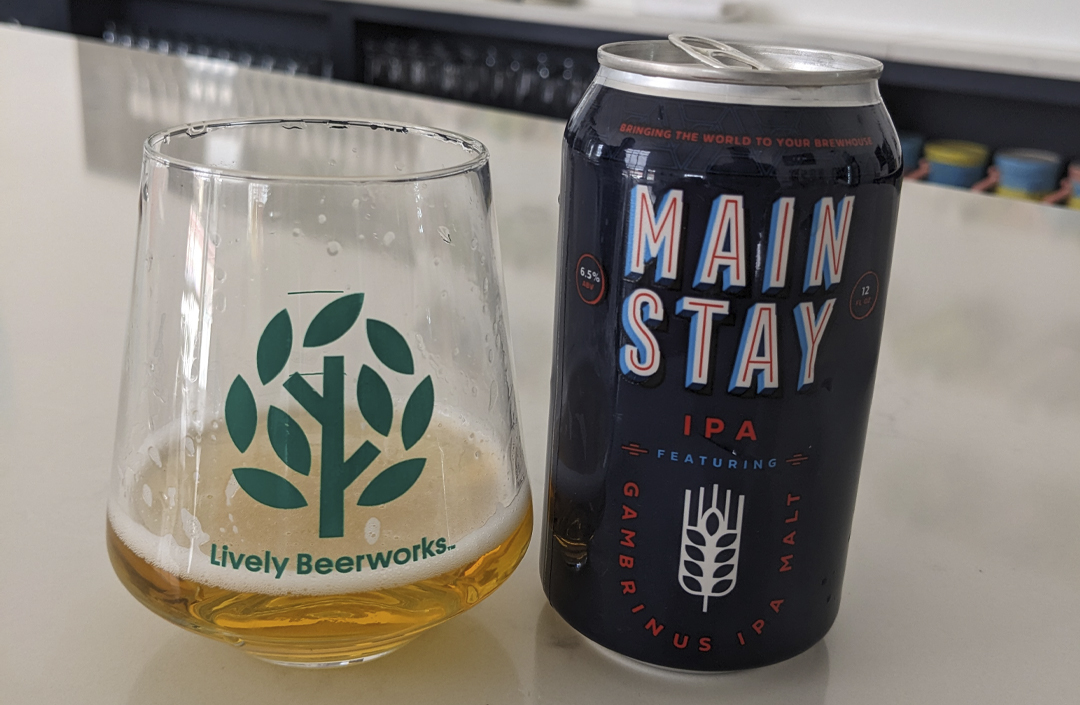
BSG: What’s the first IPA you recall drinking?
Matt: First one I remember drinking is Stone IPA. Up until that point, there wasn’t an IPA that was as bitter or hop-forward. It’s still a classic. I think that came out in 1997, the year I started brewing professionally.
BSG: What was the goal or objective with Mainstay IPA?
Matt: I got together with the brewers from RTC and gave them my ideas about what the recipe should look like. The main idea was to highlight Gambrinus IPA Malt in a West Coast IPA that could help brewers taste and understand what it offers in terms of flavor and color.
BSG: Could you walk us through the ingredients you chose?
Matt: It’s 100% Gambrinus IPA Malt. We hopped with Chinook, Amarillo®, El Dorado®, and Citra®. I chose Chinook because I wanted to have some of that dank Christmas tree pine in the bitterness. You get that in the back of the throat as you drink it. I chose Amarillo, which brings a bit more dank and an orange-type note. I dry-hopped with El Dorado, which is my favorite hop, for a little pineapple character, and I went with Citra for that orange pith characteristic. I wanted to highlight some of the tropical notes everyone looks for in a WCIPA. 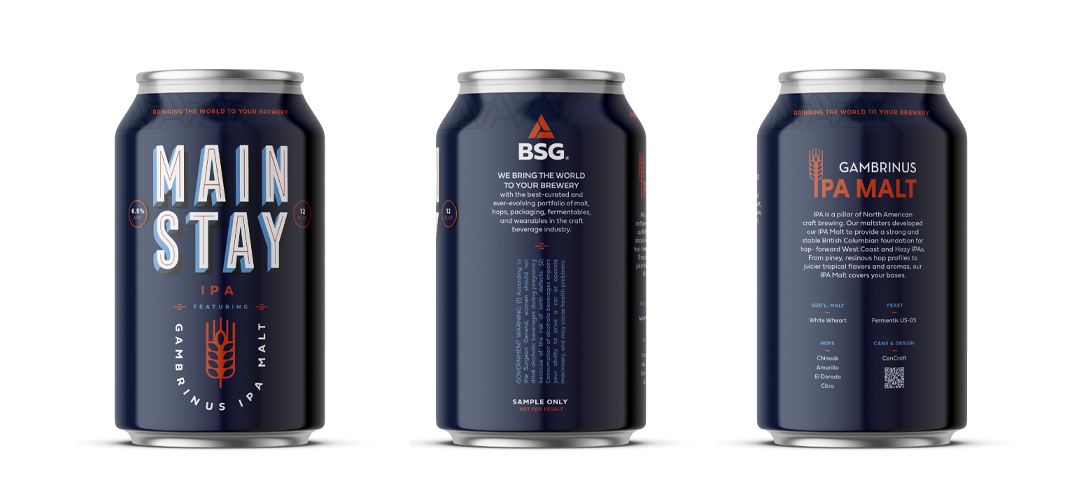
Label design services provided by CanCraft
For yeast we used Fermentis SafAle™ US-05. I’ve used it all throughout my career, and that strain produces very little esters. It dries out the beer quite nicely, ferments it all the way out, and it also flocculates out. I wanted this to be a clear beer. It’s not a hazy style. There’s no West Coast Hazy style. Don’t get me started on hazy styles. But back to the yeast. It’s good and clean, and it works really well with IPA. It’s one of the most ubiquitous out there. Everybody and their dog brews with it, and the reason is because it’s really good at highlighting hops and even a little malt flavor.
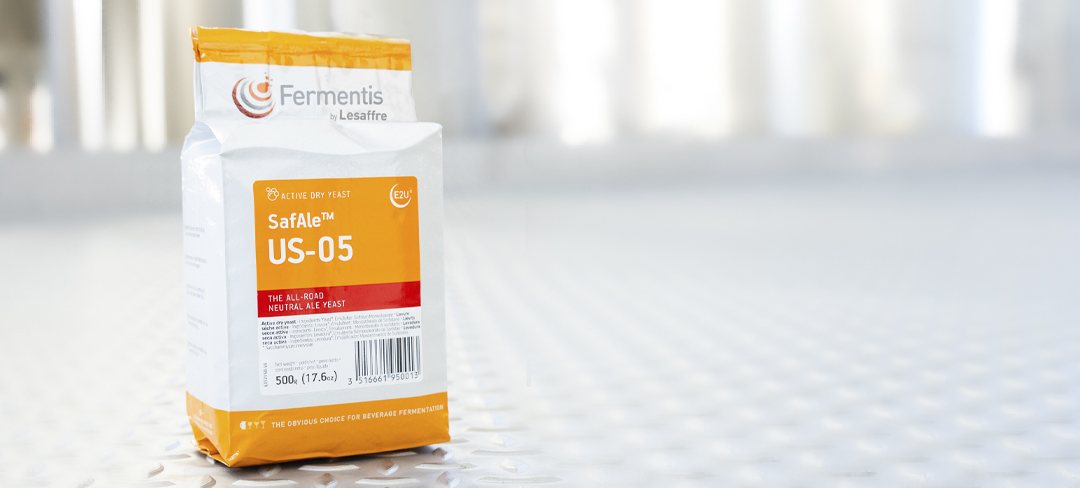
BSG: What do you think of the final beer?
Matt: I had some with the guys from the RTC when it was first kegged in Shakopee. Some of the folks from sales were there. All the feedback was good, and I believe the keg ran out. I hear that is very rare.
Jason Darby, BSG National Accounts Manager, hit me up and said, “This IPA is great.” A few more sales team members asked me to brew more. So, they’re happy and it seems to have worked. It highlights the color of the malt and its flavor profile, too.
BSG: What else would be fun to brew with Gambrinus IPA Malt?
Matt: I’d probably do a traditional Pale Ale with a lot of Cascade in it. Then some Centennial. You know, modeled after the quintessential. It would be nice to see how some Crystal Malt blends with the IPA Malt, and I think the mouthfeel would really come through for Gambrinus IPA Malt in a Pale Ale. And then of course I’d want to brew a Double IPA. See what the malt does with that.
BSG: If you’re using hops, why not use more?
Matt: Yeah, exactly.
Thank you, Matt, for sitting down to geek out about Gambrinus IPA Malt with us. Please let us know when the Double IPA is ready.
For everything else you want to know about Gambrinus IPA Malt, please contact your buddies at BSG.
